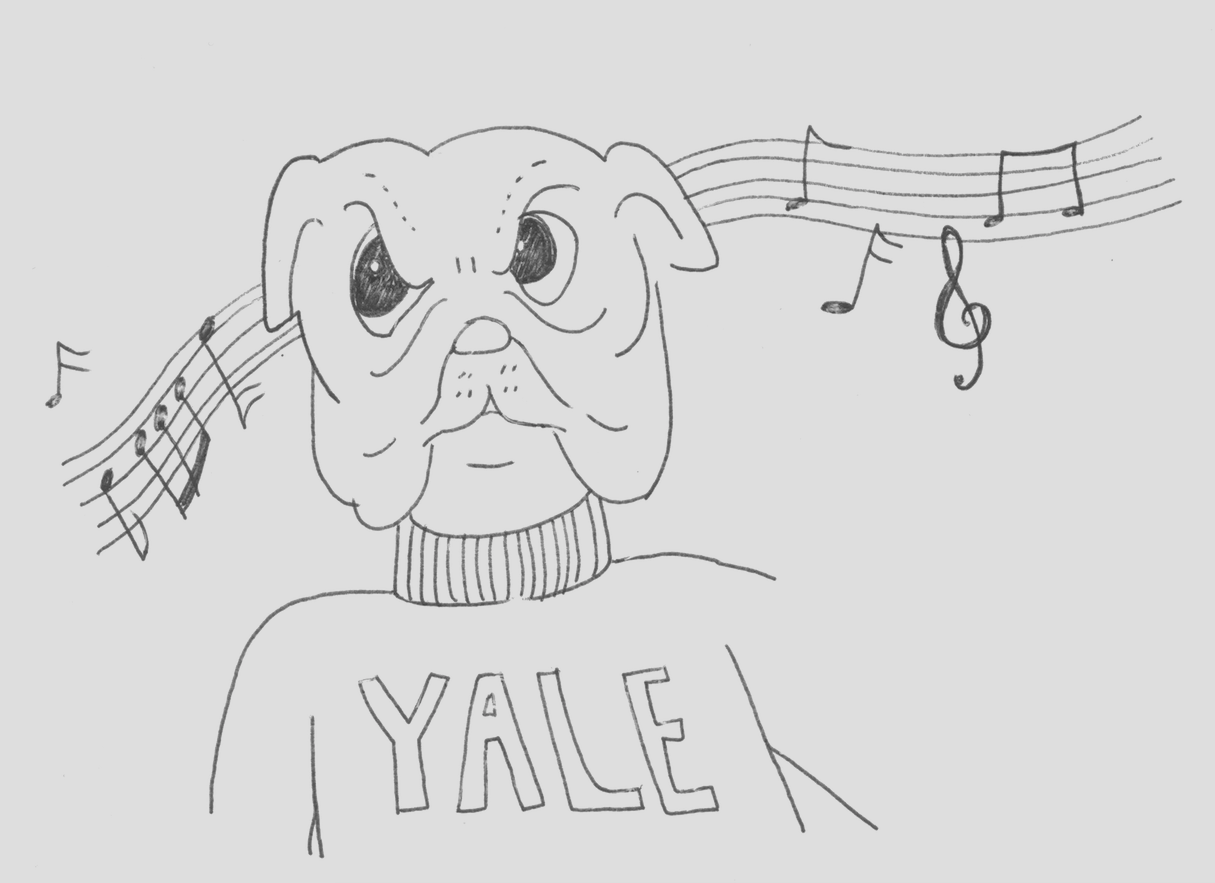
Tiffany Ng
“Bright College Years” is Yale’s unofficial alma mater. Like the archways, the names of residential colleges and the concert halls of Yale, the anthem also has a long history.
The song’s lyrics were written by Yale senior H.S. Durand in 1881. Musically, the anthem was originally set to the tune of “Die Wacht am Rhein,” or “The Watch on the Rhine” — a German patriotic anthem popular during the Franco-Prussian War and the First World War. Due to its German heritage, the Yale anthem was nearly banned on campus during the First World War, when anti-German sentiment reached a peak in the United States. At that time, the English wrote a response to the anthem titled “When We’ve Wound Up The Watch on the Rhine.” Yale men stationed in Paris during the war sang “Bright College Years” to the tune of the French national anthem, La Marseillaise.
In December 1919, the Yale College Council put out a proposal that would have banned the song as it was from all undergraduate gatherings. Five alumni clubs voted against the tune. Twenty clubs voted in its favor. They argued that the song simply wouldn’t be the same in a different tune; despite the perceived political implications of the era, the anthem’s history was too precious to change.
When the song made a comeback, it was here to stay. Students have been singing to it since: at Yale Glee Club concerts, at Yale Political Union events, at Class Day and, of course, at the Yale-Harvard football game.
The anthem is so old it has become iconic. But why do we keep singing it 139 years later? Why do we still put “For God, for Country and for Yale” banners in our common rooms? And what exactly are we doing with those white handkerchiefs?
I remember how I felt just a few months ago, half-singing to the words of this anthem with the other members of my Froco group in Woolsey Hall, laughing as we waved our handkerchiefs. Like many of us, I was not particularly into school spirit in high school. So, outwardly, I was slightly skeptical. But deep down, though I wouldn’t admit it, I was thrilled to be part of such a big tradition. It was the same way I felt when I toured Yale for the first time. I was more than a little bit in awe — of the architecture, of the sound of the Branford bells and most of all, of the students who insisted over and over that this was a special place.
And Yale is. Truthfully though, I often lose sight of that great communal sentiment. When it’s the middle of the semester and I feel like I’ve barely seen anyone in days, when I have a paper to write and a Spanish novel to read, when I decide to hole myself up in my residential college library until I fall asleep on the cozy pages of a book.
But once in a while, I get it back. For me, the most distinctly “Yale” moments have all involved the realization that I’m attending a school with deep roots in tradition — like watching the Yale Symphony Orchestra Halloween show, finding that one of my favorite poets has all of his archives in the Beinecke or seeing the women from the 50th anniversary of coeducation walk across Old Campus. Though I didn’t think much of it initially, the Yale anthem exemplifies this sense of history.
Yale’s history can often be described as a struggle between tradition and change. Just take the renaming of Calhoun College. Or the debate over the tune of the anthem. Or even the phrase “Bright College Years,” derived from the anthem itself. In 1971, Peter Rosen wrote a documentary film titled “Bright College Years” describing the reactions of Yale students to President Nixon’s bombing of Cambodia and the arrest of several Black Panther leaders in New Haven. In doing so, he associated the words of a joyous collegiate anthem with Yale’s historically fraught relationship to its neighbors.
Of course, there is no real debate on campus about the anthem. It’s a fairly innocuous tradition and something that most of us will be happy to sing from the day we arrive at college to the day we leave. Still, it’s worth taking some time to think about the traditions we participate in without a second thought. We might find something we didn’t expect.
Ella Goldblum | ella.goldblum@yale.edu







